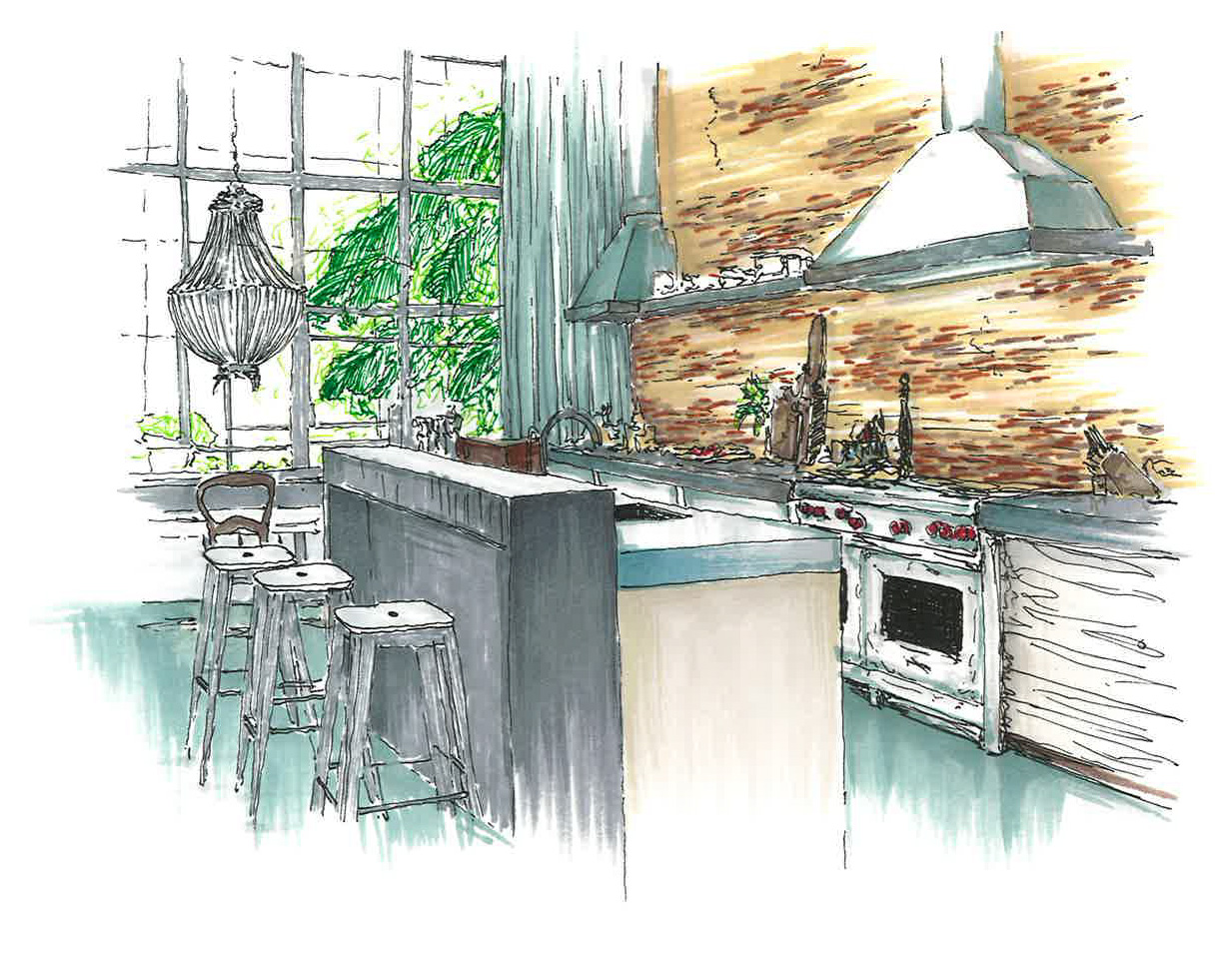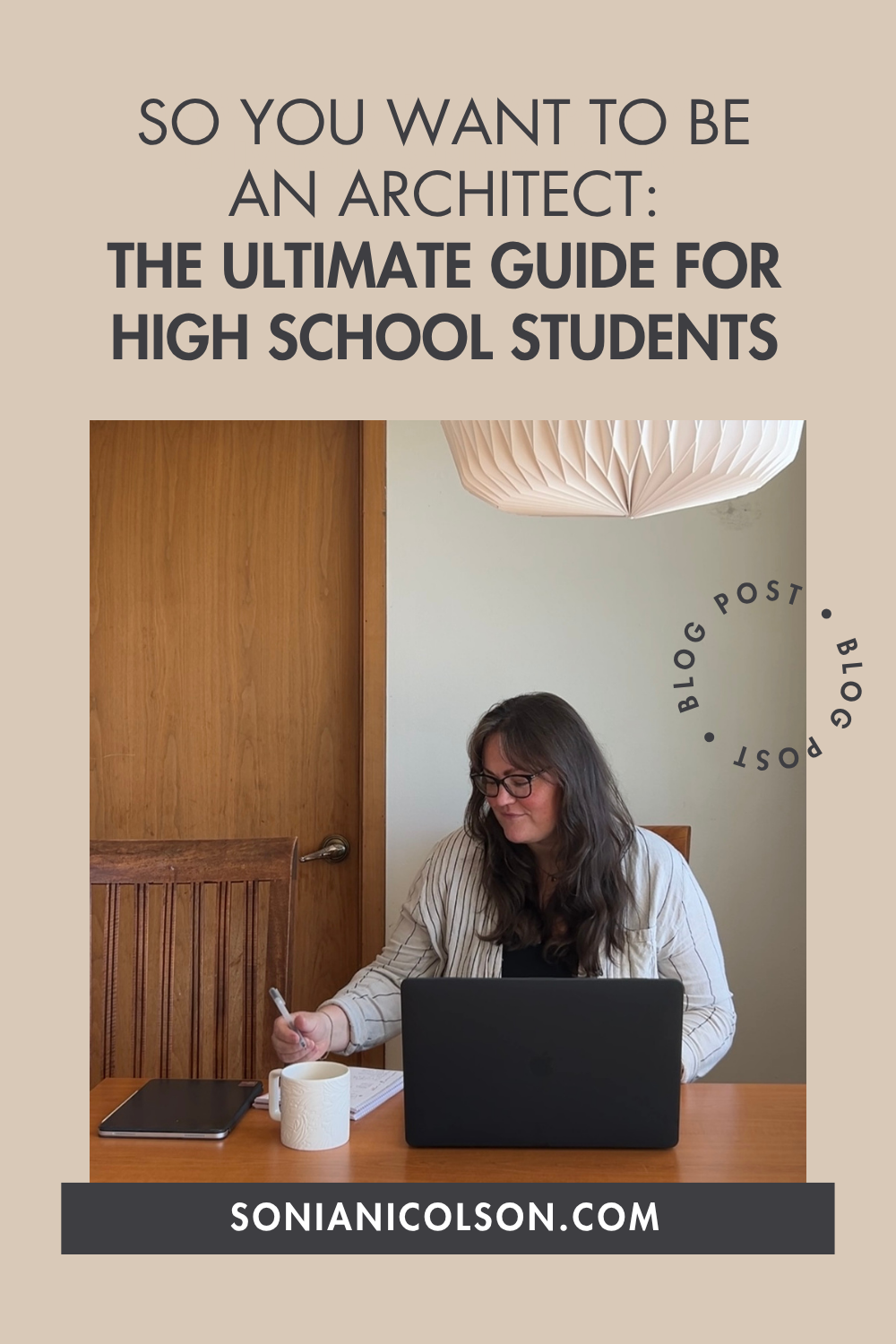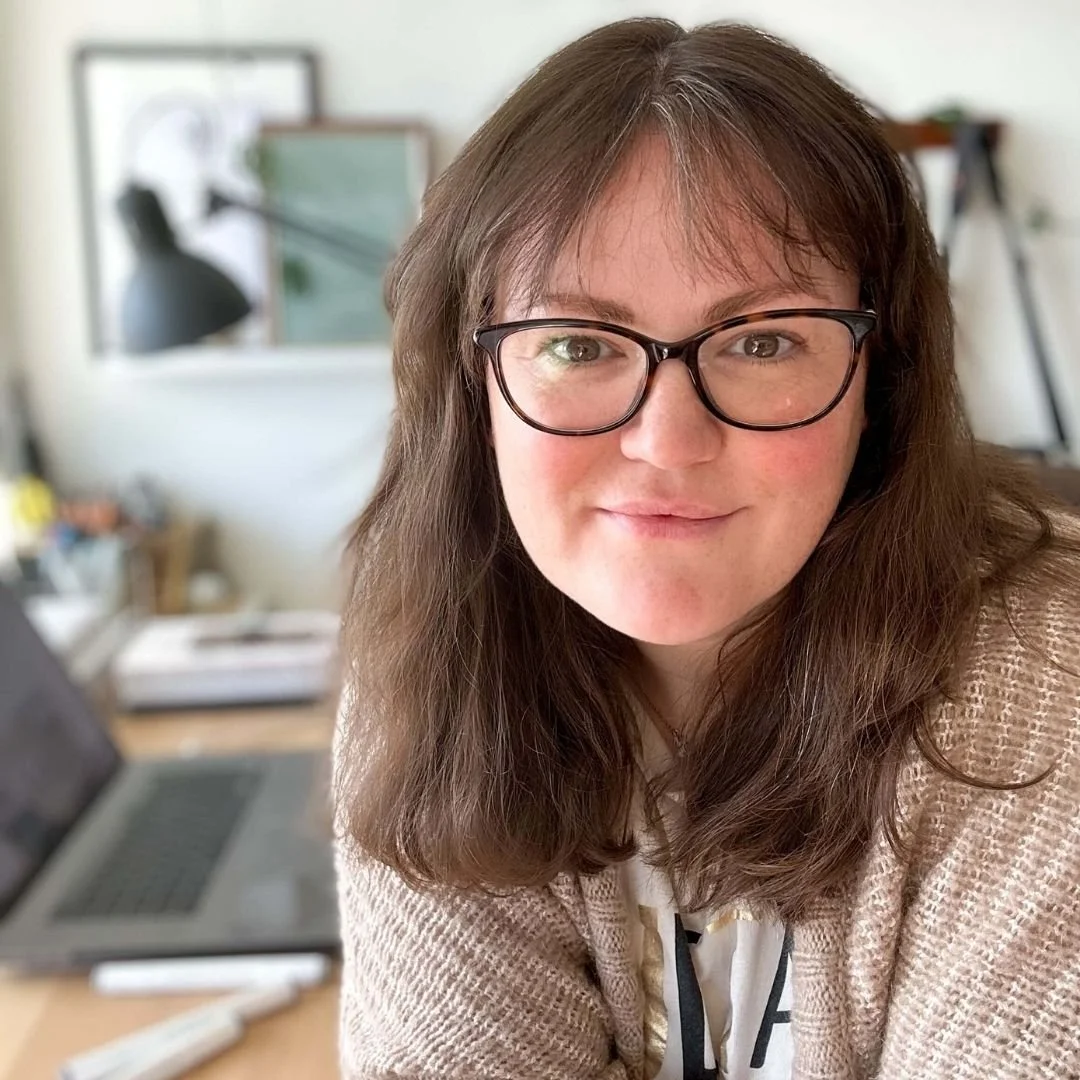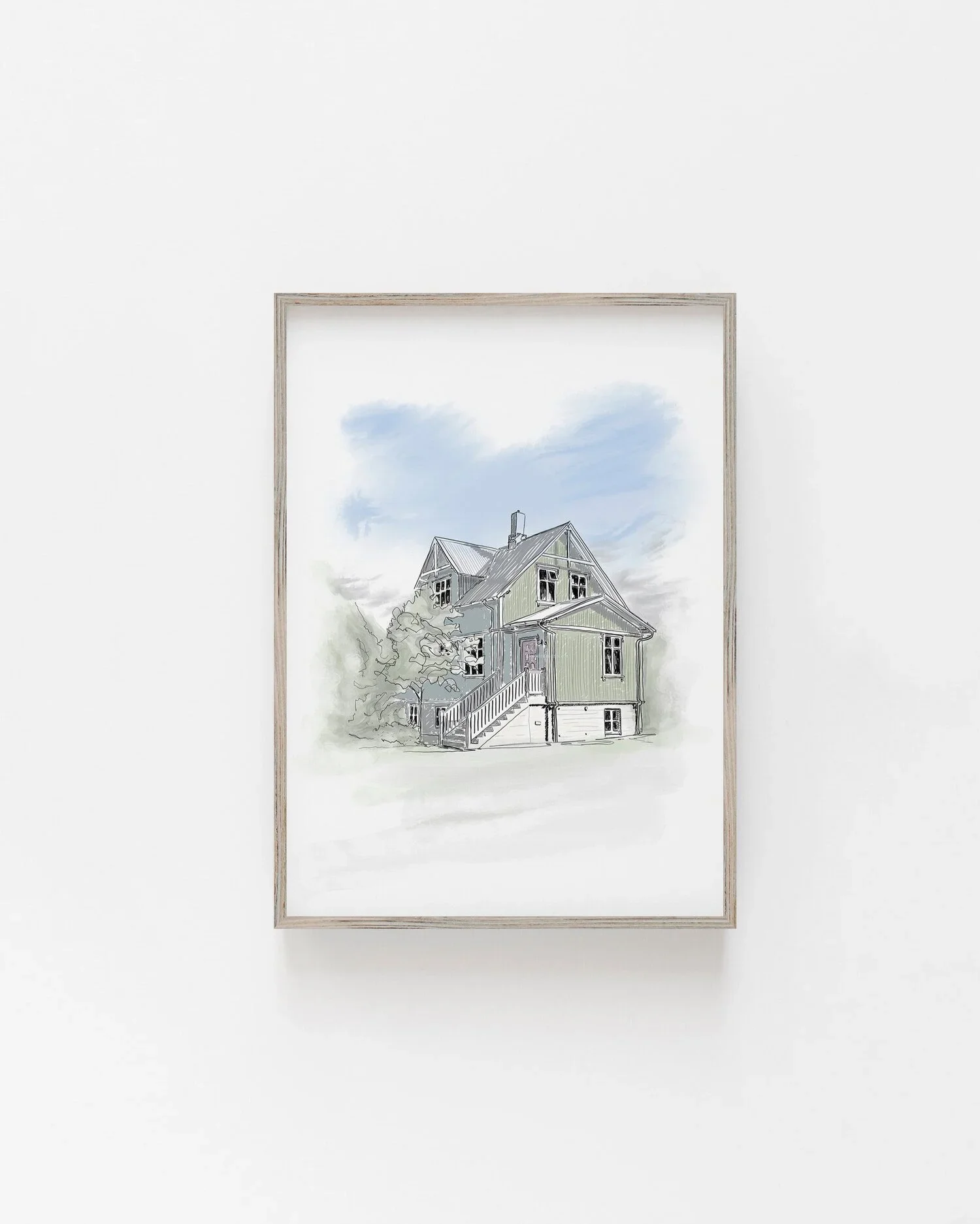5 Tips To Create Your Perfect Studio/Office
/Welcome to my studio, aka home-office but I'm guessing that's what many people are rocking. Today I'm taking you through my studio setup and offering up my 5 top tips to help you in creating yours. Art, design, and crafting can [and does] take over our homes, and whilst this can be amazing, it can also drive others insane. My Dad used to threaten to 'clean' with a black plastic bag.
But that doesn't stop us.
In my apartment, of course, I have a studio. It’s in the corner of our living room and separated by an open bookshelf for privacy. I have amazing daylight from our south-facing windows out to the balcony and a wall with my certificates and some artwork on it.
My desk has everything I need on it, or by it, and it can get pretty cluttered...it's organized chaos.
Pick a location with lots of natural light
but also power sockets for artificial light. I sit near the window so I get natural light, and a view of the neighbours but I am not too distracted by what is going on outside.
Surround yourself with inspiration
This will be different for everyone but for me, it’s pictures of family and friends, inspirational quotes, images and art, stationery, and so on. I have some of my work framed to remind me of my recent works and I use objects I use regularly as display pieces too.
Set the atmosphere
I do this with music. I have a Sonos speaker and I use the Apple Music app or the Calm app. I love a bit of background noise to distract my mind and all those random thoughts, or an audiobook on audible - I'm currently listening to The Happiness Project. I also love scented candles and often have one or two burning as I work.
Stay organized
we all love stationery and washi tapes and paper and so on but clutter will only distract and put you off. Make your desk welcoming and easy to work at. Use cups, glasses, empty candleholders, or whatever you can to help store all those pens and pencils you have.
Workspace and surface
keep this relatively empty so you always have a space to start a new project and remember to protect the surface you're working on. I use a large cutting mat to protect the tabletop and often put down a large sheet of white paper as a background for photos. The more you have lying around, the more your mind will wander to it. Even if that pile of to-do papers aren’t a priority, the fact they are sitting on your desk means your mind is thinking about them, even when you think it’s not.




































